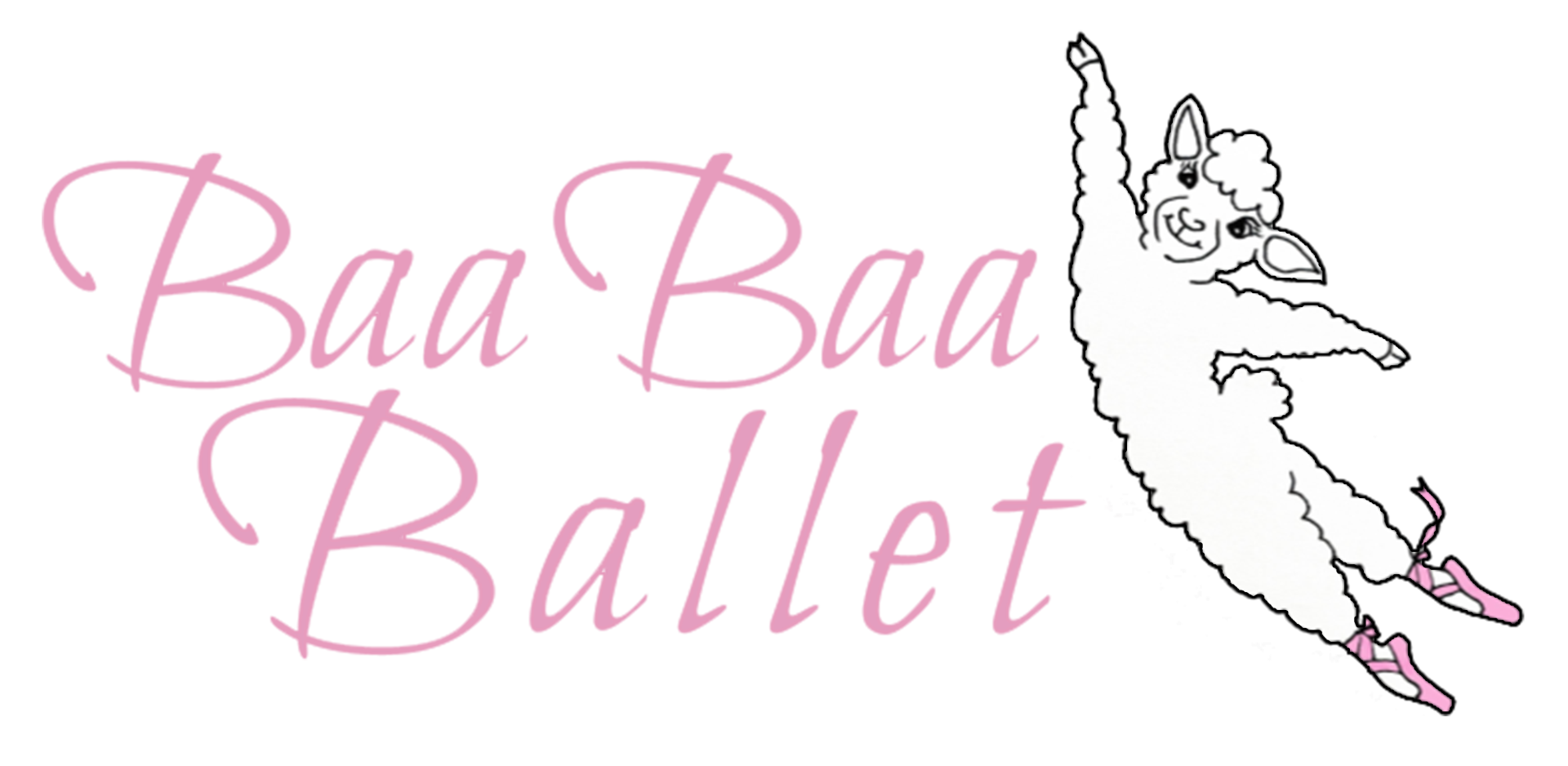
Pointes and Perspective #38 Grunt If You Understand
Grunt If You Understand
Whenever I am a guest speaker on a podcast, a presenter at a conference or summit, or a guest educator, I always get asked about the unique and mysterious namesake of my Ballet teaching method, Grunt If You Understand. There is a specific story and inspiration for the name, yes, but in short, it is a “wake up call” to make sure my students are fully understanding my instruction.
One of my favorite teachers, Mr Dermot Burke, used to ensure he had our attention by saying “Grunt If You Understand” in class! Fast forward to one of my first teaching jobs, after showing a class a combination at the barre, I turned to find all these blank expressions staring at me. I wondered if they absorbed any of what I just taught. I then thought of Mr Burke, and said, “Grunt If You Understand!” They all jarred awake into respectful smiles and grunted in unison!
This past season, one of the schools that I teach for was hosting their monthly faculty meeting on Zoom, and the school director welcomed dance coach Shawn Byfield, to help us navigate some of our current challenges. Several of the instructors complained that an excessive number of students were not not retaining dance combinations in their classes.
Just yesterday I was reading a discussion board where, again, dance educators expressed their frustrations that students are not absorbing and recalling the Ballet combinations in their classes. They grumbled about teaching the series of steps, starting the music, and finding themselves repeatedly disappointed that all too many dancers did not remember the exercise they were just given.
When teaching dancers, whether they are beginner or advanced, aged 9 or 29, you can help them not only memorize the steps in an exercise, but also create beautiful habits, foster community, and set the stage for an optimistic, warm, and respectful classroom where learning is easy and fun! This all starts in the way you teach!
First, teach visually. Clearly demonstrate the combination of movements and steps in your capacity, whether that is with your legs an inch off the floor or above 90 degrees, using your hands as examples of your feet, or referring to an assistant or sample student. I personally love to show the combinations as thoroughly as I can. My goal is to teach until I am 116 years old! My legs are not high, and I do not have the stamina to dance full out for both sides of an adagio, but we can still be stellar examples of port de bras, epaulement, musicality, and artistry. Supplement your teachings with diagrams, pictures, and videos!
Secondly, teach verbally. Use proper terminology and give concise verbal instructions for each exercise. Take the time to translate the vocabulary, and if you have a wipe board, write the terms down. Listen to the terminology as it is spoken in French so you can pronounce the terms properly. Years ago, during a parent observation week, a Mom approached me after class to ask if I was fluent in French! I had to disclose that I was not - but I could count to ten, and say “excuse me”, “please”, and “thank you!” in French!
Next, teach aurally. Count the music and provide the tempo. Use verbal cues and reminders as the students dance and encourage them to focus on the rhythm and beat of the music. There is a fun current trend to execute fast combinations, for example frappé, as a “Rap”! Sometimes I challenge myself to dictate every term in time to very fast music, teasing my students that I was an auctioneer in a prior life! Dermot Burke, who I mentioned above, one of my favorite teachers and the namesake for my method, used to chant, “One, two, yabba dabba doo!” when he counted our exercises!
Additionally, teach viscerally. What are the dynamics, and the emotional and physical “feel” of the movement? Help students feel, understand, and remember on a deeper, more intuitive level. Encourage students to add their individuality or “spice”, and dance full out with joy, as if they were alone in their bedroom!
Finally, you can encourage your kinesthetic learners to allow for plenty of practice and repetition. Reassure your social learners to watch, follow, and learn from their classmates. Comfort your solitary learners that they will have ample time to practice at home. You can also consider grouping students differently at the barre.
I always inform my students in our very first class that I am a very thorough teacher. I promise them that I will give them everything they need to succeed, and although I do take questions, they will rarely need to ask any! If a hand goes up after I have taught visually, verbally, aurally, viscerally, and more, I respond with a warm but decisive, “No more questions or comments. Let’s give it a try.” It is time for them to go for it, perhaps fumble a bit, but ultimately trust and gain confidence in their ability to memorize their combinations and exercises.
With these methods, your students will successfully memorize the exercises that you need only show once or twice, with your consistently clear, thorough instruction. They will know what is expected, be motivated, dedicated, and proud to learn their combinations quickly and thoroughly!
When you thoroughly demonstrate the combination, dictate the combination, mark the combination for music, and encourage a performance quality, your job is done!
I can now turn to my students with one question, “Oui?” to which I receive a confident, in unison, “Oui!!” Or I can ask them to…
Grunt if you Understand!

